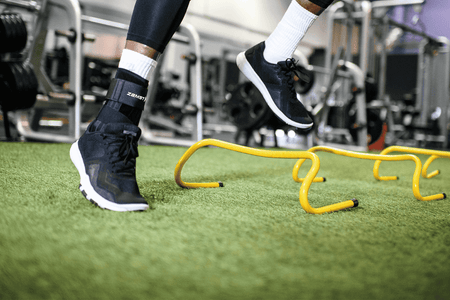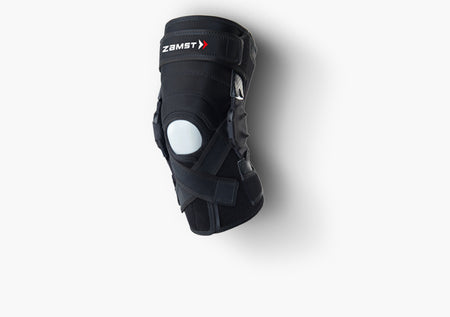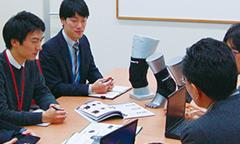
Improved
What is IT Band Syndrome?
IT band syndrome is a common overuse injury affecting the iliotibial (IT) band. The IT band is a thick band of connective tissue running from the hip to the knee along the outer portion of your thigh. This type of knee injury can be nagging and debilitating if left untreated. This syndrome often occurs in runner’s or cyclists where the friction from the IT band rubbing against the outer knee bone causes pain and tenderness. This connective tissue can become tight or inflamed leading pain with physical activity.
Contributing factor include poor biomechanics with exercises, lack of hip mobility, decreased strength in hip, inadequate warm-up and improper footwear. The IT band acts as a knee stabilizer and when it has been overused it can cause discomfort.
IT band syndrome can last for weeks to months depending on activity level, proactiveness and treatment.

Why does it happen?
IT band syndrome typically occurs from repetitive knee flexion and extension associated with primarily sports such as running or cycling. This can start with microtrauma to the tissue eventually leading to damage of the connective tissue leading to pain and discomfort. This can result from various factors including:
1. Overuse/repetitive movements: This can be from sports such as running or cycling mainly. Hard surfaces and uneven terrain can make significant impacts on the injury.
2. Tight muscles: Muscle that surround the hip such as the tensor fascia latae (TFL), quads and calf can play a huge rule in tension of the IT band leading to friction.
3. Decreased strength in hips: This can lead to improper biomechanics causing stress onto the outside portion of the knee during movement
4. Improper footwear: Not having adequate footwear can lead to change in biomechanics which can alter the forces to the knee causes pain and discomfort to the outside portion of the knee.

What are the symptoms?
Often times the IT band acts as a knee protector but when it has been overused, IT band syndrome can limit someone from enjoying running or cycling because of the discomfort. The main symptoms for IT Band Syndrome are the following:
1. Pain outside of knee: Usually starts as a dull ache that can progress to sharp and worsens with physical activity.
2. Swelling or snapping sensation: This is usually on the outside of the knee and noticeable with running or squatting.
3. Tenderness along IT band: Typically, it’s close to the knee where the pain is but can sometimes extend up to the hip.
The progression of the condition could be understood in stages:
- -Mild: Initial Irritation
- -Moderate: Inflammation and consistent pain during activity
- -Severe: Persistent pain even at rest
How Long Does it Take to Heal?
The healing time for IT Band Syndrome can vary depending on severity of the condition. It can take several weeks to a few months depending on severity and adherence to treatment.
Mild cases: Can typically resolve within 2-4 weeks with the right amount of rest, treatment, and modalities.
Severe cases: Can take possibly 2-3 months or longer to heal depending on physical activity, physical therapy and consistency with treatment. Consistent treatment and avoiding aggravating activities are crucial for an effective recovery.
TREATMENT
The treatment for IT Band Syndrome comes down to a combination of conservative measures. With the main goal of reducing pain, inflammation, and improving strength and mobility. Here are three treatment options for IT Band Syndrome:
1. Active rest and restore
Dialing back what caused the discomfort in the first place (Running, cycling, any impact to the area). Ice and taping can help alleviate pain and discomfort while allowing you to go about your day actively without completely doing nothing.

2. Physical Therapy
This can include manual therapy, stretching, strengthening, gait assessment and footwear modification. Starting physical therapy earlier can help get you back performing the activity that you want to.

3. Non-invasive treatment
Brace for IT band syndrome which will give you knee support needed, anti-inflammatories, and possible corticosteroid injection may be prescribed to manage pain and inflammation.


PT, DPT, MS
Evan Jeffries
EVAN JEFFRIES is a physical therapist with a Doctorate in Physical Therapy (DPT) from the University of St. Augustine for Health Sciences. He has vast knowledge of the musculoskeletal system and has treated many orthopedic conditions by bringing a proactive approach to healthcare and lifestyle.
Featured collection
Brace Finder
Looking for a brace that best suits you? Dive into the Brace Finder and find the best brace for your symptom.

 Canada
Canada China
China France
France Korea
Korea














